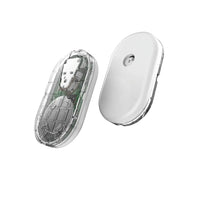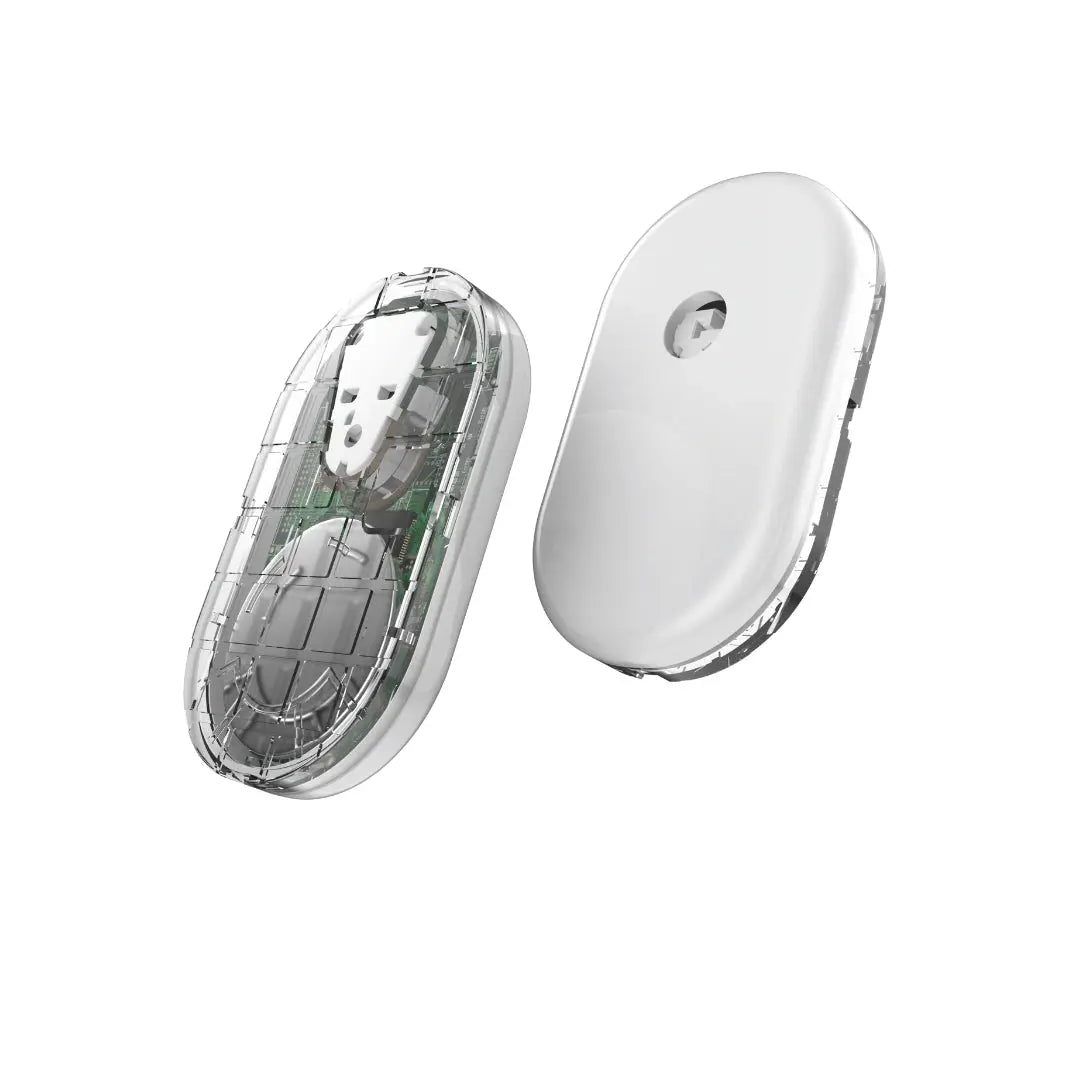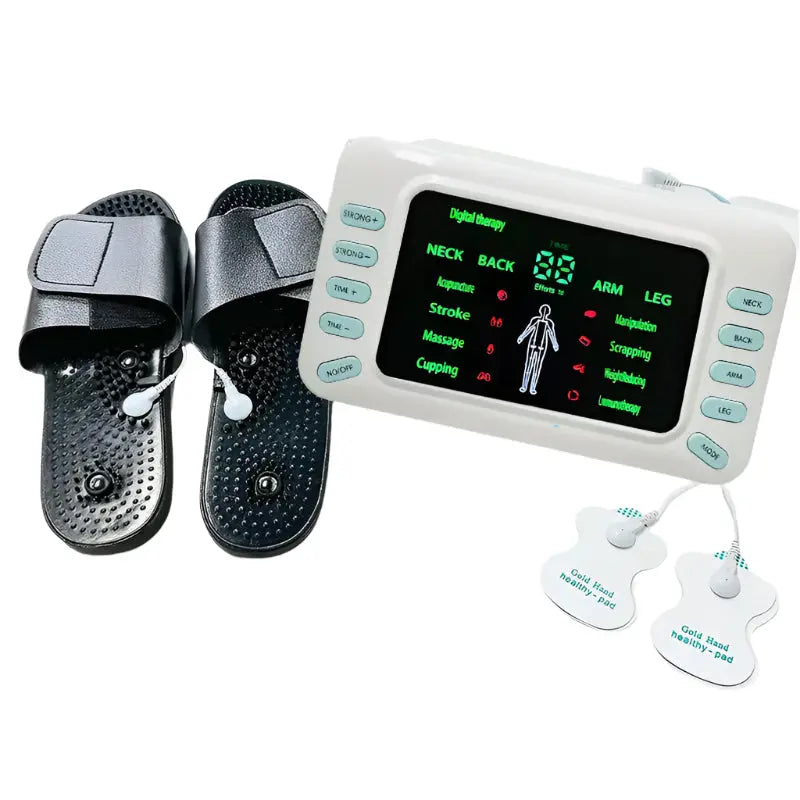Introduction
In today’s hospitals, every second counts—especially in managing life-threatening conditions such as sepsis and stroke. Continuous and accurate monitoring of vital signs can mean the difference between life and death.
That’s where multi-parameter patient monitors come in. These advanced devices provide real-time, continuous insights into a patient’s condition, helping healthcare teams respond faster and more effectively.
Explore our Multi-Parameter Patient Monitors at Berflow Health, designed for precision, reliability, and critical care performance.
What Are Multi-Parameter Monitors?
A multi-parameter monitor is an advanced medical device that simultaneously measures and displays several vital signs, giving clinicians a complete view of a patient’s physiological state.
Typical parameters include:
-
Blood Pressure (BP) – detects hypotension or hypertension
-
Oxygen Saturation (SpO₂) – ensures adequate oxygen delivery
-
Electrocardiogram (ECG / Heart Rate) – monitors cardiac rhythm
-
Respiratory Rate – assesses breathing stability
-
Temperature – tracks infection and metabolic responses
Tip: Choose monitors with customizable alarm settings and data storage to support long-term patient tracking.
Importance in Sepsis Management
Sepsis is a severe, life-threatening response to infection that can rapidly lead to organ failure and shock if untreated. Early detection is crucial—and multi-parameter monitors are central to that process.
They help clinicians by:
-
Tracking blood pressure to detect hypotension, a hallmark of septic shock
-
Monitoring oxygen saturation (SpO₂) to catch hypoxemia early
-
Recording heart rate and ECG changes that signal cardiac stress
-
Providing trend analysis for early recognition of deterioration
According to the World Health Organization (WHO) sepsis affects over 49 million people globally each year, highlighting the need for robust monitoring in every healthcare facility.
Role in Stroke Care
For both ischemic and hemorrhagic stroke patients, continuous monitoring is vital to prevent secondary damage and guide treatment decisions.
Multi-parameter monitors enable:
-
Blood Pressure Control: Prevents rebleeding or secondary ischemia
-
ECG Monitoring: Detects arrhythmias (like atrial fibrillation) linked to stroke risk
-
Oxygen & Respiratory Tracking: Ensures the brain receives sufficient oxygen
-
Temperature Monitoring: Helps manage post-stroke inflammation and fever
These real-time parameters support prompt decisions—whether it’s administering thrombolytics or stabilizing a critical patient.
Related: American Stroke Association – Stroke Care Guidelines
Benefits of Multi-Parameter Monitors in Critical Care
-
Real-Time Insights – Continuous monitoring ensures immediate awareness of patient changes.
-
Early Detection of Deterioration – Alerts clinicians when parameters deviate from safe ranges.
-
Comprehensive Patient Care – Integrates multiple vitals into one interface.
-
Supports Rapid Decision-Making – Crucial for emergencies like sepsis and stroke.
-
Improves Survival Rates – Enables timely intervention and better patient outcomes.
Discover Berflow’s Critical Care Equipment designed to support ICUs, ERs, and step-down units.
Best Practices for Healthcare Facilities
To get the most from multi-parameter monitoring systems:
-
Train staff regularly on device operation and alarm management
-
Calibrate monitors according to manufacturer guidelines
-
Use with central monitoring systems for enhanced ICU oversight
-
Integrate data into electronic health records (EHR) for seamless tracking
Tip: Always ensure backup power sources and maintenance schedules for uninterrupted operation.
Conclusion
Multi-parameter monitors are not just medical devices—they’re lifesaving partners in critical care. Whether managing sepsis, stroke, or other emergencies, these monitors provide the continuous vigilance healthcare professionals need to act swiftly and effectively.
At Berflow Health we offer trusted multi-parameter patient monitors that meet international standards for accuracy, safety, and durability—empowering hospitals to deliver the highest standard of care.





